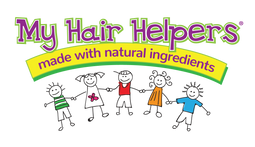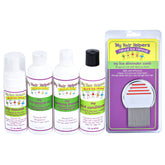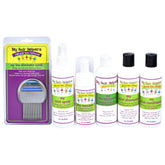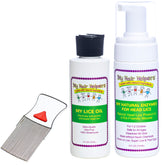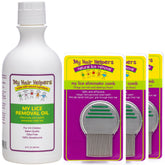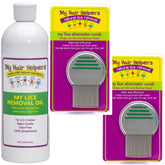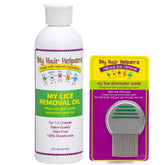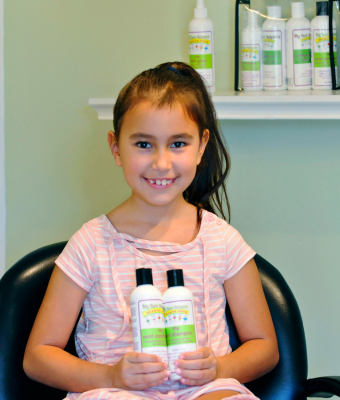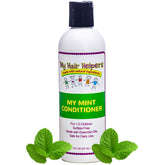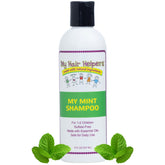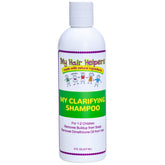HOW LONG CAN LICE LIVE OFF A HUMAN?

Head lice are a common concern among parents, teachers, and anyone who comes into contact with groups at higher risk of infestation. One critical aspect of managing head lice outbreaks is understanding their life cycle, particularly how long lice can survive without a human host. This knowledge is essential in effectively containing and addressing lice infestations.
Head lice are tiny, wingless parasites that feed exclusively on human blood. They are most commonly found on the scalp, behind the ears, and near the neckline at the back of the head. Lice move by crawling; they cannot hop or fly. They spread primarily through direct contact with the hair of an infested person.
The Lifespan of Lice Off the Human ScalpHead lice rely on human blood for survival. When separated from their host, their lifespan is significantly reduced:
- Adult Lice: Adult lice can live only about 24 to 48 hours off the human scalp. Without feeding on blood, they quickly dehydrate and die.
- Nymphs (Baby Lice): Nymphs, which are younger and smaller than adult lice, cannot live without feeding for more than a few hours off the host. They require immediate access to blood to survive and progress through their developmental stages.
- Nits (Lice Eggs): Nits are lice eggs attached firmly to the hair shaft close to the scalp, where the temperature is ideal for incubation. They generally hatch in about 7 to 10 days. Without the warmth of the scalp, nits are unlikely to hatch, and even if they do, the nymphs will not survive without feeding.
Understanding that lice cannot survive long without a human host helps to prioritize cleaning efforts following an infestation:
- Personal Items and Bedding. Wash all bedding, hats, clothing, and any fabric items used by the infested person in hot water and dry them on a high-heat setting. For items that cannot be washed, placing them in a sealed plastic bag for two weeks is sufficient to ensure that any lice or nits are dead.
- Combs and Brushes. Soak combs, brushes, and other hair accessories in hot water (at least 130°F) for 5-10 minutes.
- Furniture and Carpets. Vacuuming furniture and carpets is recommended; however, extensive chemical treatments for the environment are unnecessary given the short survival time of lice off the scalp.
- Avoiding Fumigants and Sprays. Since lice cannot survive long off the human body, the use of fumigants or sprays on household surfaces is generally not required and could introduce unnecessary chemicals into the home.
- Use Head Lice Products: Go straight to the source of the infestation and use natural lice products that work on your child's hair the first time.
Wrapping Up
While head lice are a nuisance, their dependence on human blood for survival limits their ability to infest environments. Most lice die within 24 to 48 hours if they fall off a person and cannot feed; nits also cannot hatch and survive without the conditions provided by human body heat.
By focusing on addressing the head lice infestation, you can take charge of this situation and return your home to a stress-free—and lice-free—living environment. Cleaning is an added precaution, but it’s not something you need to exhaust yourself over. To learn more about protecting your home from lice, My Hair Helpers has an entire blog dedicated to addressing all lice concerns.
